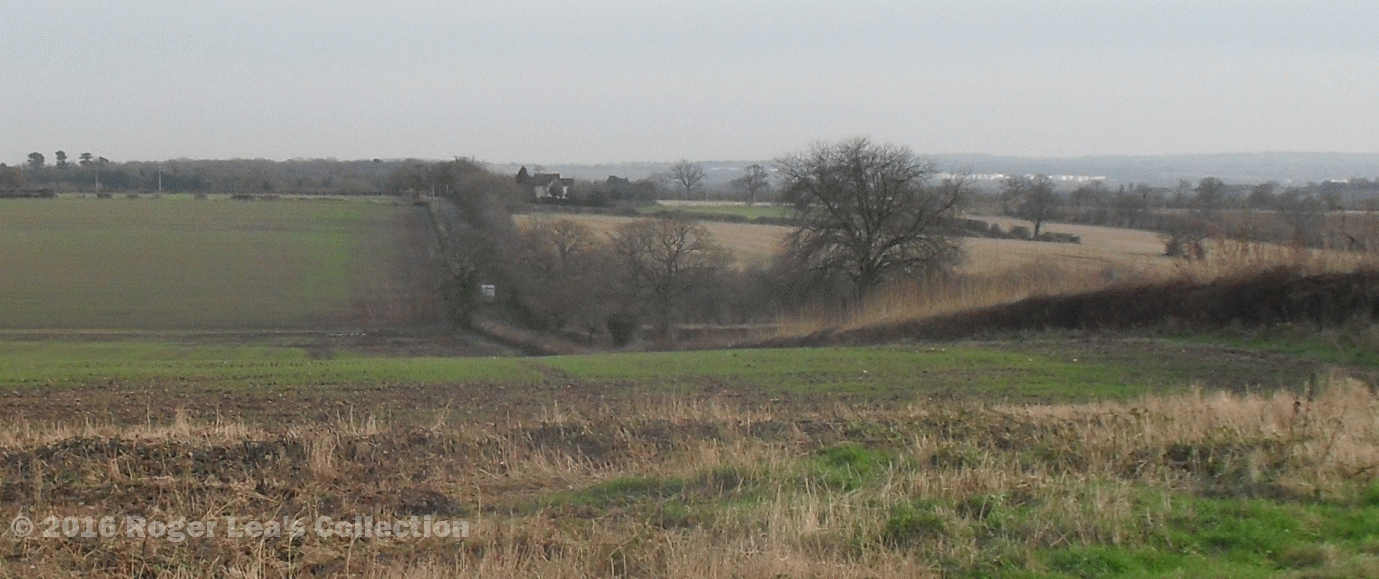The Warden and Society of Sutton, incorporated by Royal Charter in 1528, governed a population of less than 1000 and an area of about twenty square miles. Less than one third of this area was occupied by fields or houses, the rest (apart from Sutton Park), being open common land. As population grew in the sixteenth century, and more and more people were exercising their rights on the commons, regulations and bye-laws were introduced to prevent misuse, but in 1617 a law-suit against the Warden and Society resulted in a Decree of the Court of Chancery.
The Court found that the Warden and Society had done nothing wrong, but set out some rules for the use of parts of the commons for tillage: every householder in Sutton was entitled to an acre of common land, to cultivate for five years; at the end of five years that acre reverted to common, and a different acre could be had. The traditional practice of ploughing up of parts of the commons for a few seasons of crops was thus formalised, and every fifth year afterwards the Warden and Society set out the acres to be tilled for the next five years and arranged for each householder to draw a lottery ticket to determine which acre would be his.
The Warden and Society secured a ruling from the Lord Chancellor in 1682 forbidding any further destruction of the commons. However, this injunction also forbade any cultivation of the commons, and in 1683 a petition to the Lord Chancellor, asking for the injunction to be modified so that the system of lot acres could continue, was drawn up and signed by 145 of the ‘most substantial freeholders and inhabitants’. The petition notes that “all tillage upon the said commons and waste ground hath been forborne ever since the said injunction was granted to the great loss and prejudice of all the inhabitants in general and almost to the utter ruin and undoing of the poorer sort of people for want of corn”.
.
Lot acres were highly prized, and the Warden’s proceedings were closely watched. In 1725 (the earliest year for which a record survives) the Warden, Peter Kinnersley, followed the usual routine. The minutes for January 7th show that parts of the northern commons would be set out for the inhabitants of Hill and Little Sutton (approximately modern Four Oaks Ward), the Great Sutton (Trinity Ward) acres would be set out on Hither Withy Hill and Hither Lindridge, while those for Ashfurlong, Beyond the Wood, Maney and The Wylde would be in the Eachelhurst Field. However, trouble was in store - Maney and the Wylde folk were incensed because they were only allowed to draw their tickets after Ashfurlong and beyond the Wood had drawn theirs, and threatened court action “for denying and refusing the inhabitants of Maney to draw for acres in a field there called Eachelhurst till Ashfurlong Quarter Walmley and Beyond the Wood were served.”
Peter Kinnersley looked into “the old ledger book” (long lost, alas) and found that his method had always been used except when Mr. Sedgwick was Warden (1695) - Mr. Sedgwick lived at Wylde Green. The dispute was quickly resolved - everyone wanted to get ploughing and planting.
Every stretch of common had a name, and a local person knew where Bradnocks Hayes ended and Hawkshurst Field began, for example, although there was nothing to mark the difference. The lot acres for Great Sutton were usually set out in Withy Hill Field and Lindridge Field, the nearest commons to the town centre.
